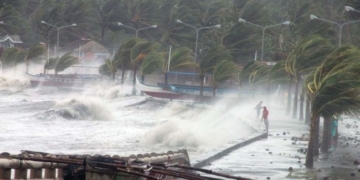Peruvian archaeologists have uncovered a 1,000-year-old mummy in the outskirts of the capital on April 24. This is the latest discovery dating back to the pre-Inca era.
According to reports, the mummy is believed to be that of a young individual and was found in an underground tomb wrapped in a funeral package, along with pottery, ropes, and even pieces of skin and hair.
Archaeologist Yomira Huaman, who is leading the Cajamarquilla research project in collaboration with the National University of San Marcos, stated that the young mummy was discovered in “good condition.”
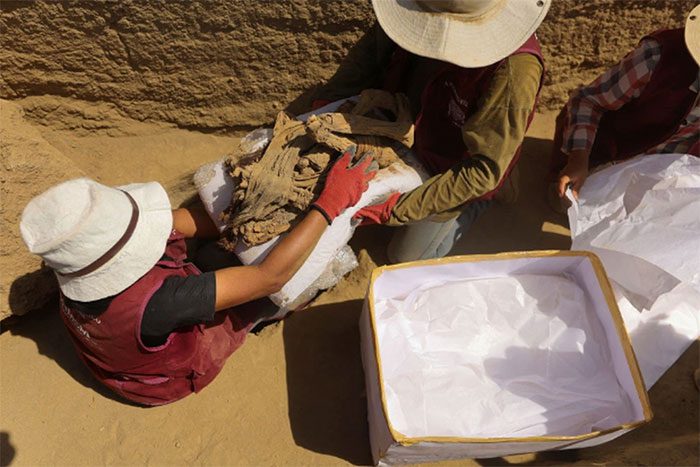
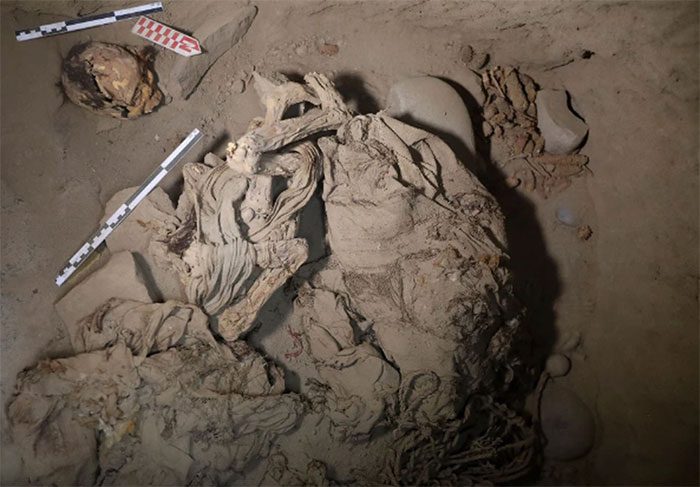
The young mummy found in “good condition.”
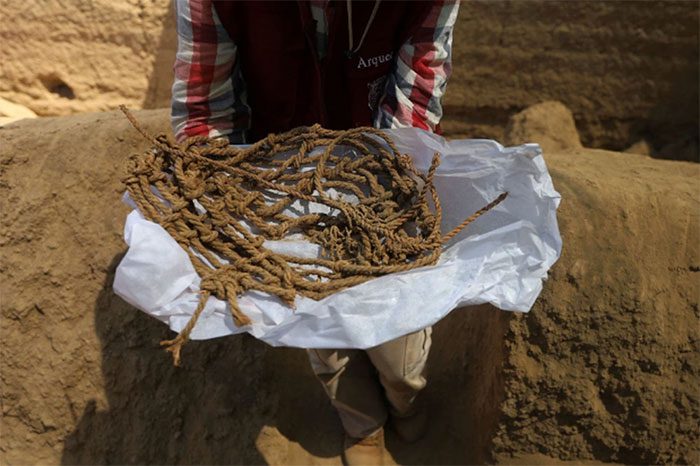
(Photo: Reuters)
While best known for the royal Inca hideout atop Machu Picchu, Peru is home to many pre-Columbian cultures that thrived for centuries before the Inca Empire rose to power, primarily along the central coast of the country and in the Andes mountains.
Reports indicate that the juvenile mummy lived approximately 1,100 to 1,200 years ago and may belong to the Lima or Ichma cultures. Archaeologist Yomira Huaman noted that the mummy was found about 200 meters (220 yards) from the site of the first Cajamarquilla mummy discovered, which is another mummy found nearby last year.
The archaeological site also yielded the remains of eight children and twelve adults, who appear to have been sacrificed around 800 to 1,200 years ago.
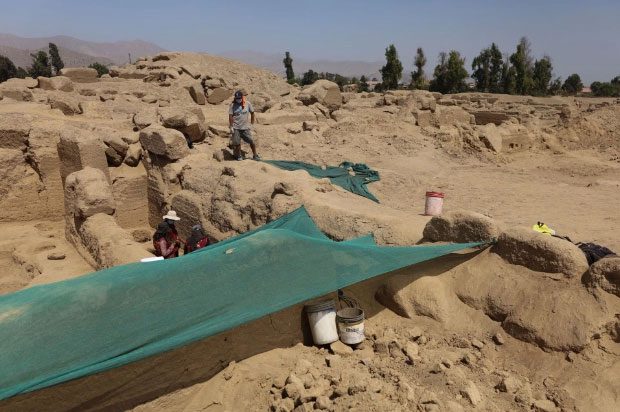
(Photo: Reuters)
The expansive Cajamarquilla complex features the ruins of four pyramids and other structures with walls arranged like a labyrinth. This complex is the second-largest adobe city in Peru, following Chan Chan in the northern part of the Andean country.
Huaman stated that Cajamarquilla may have been inhabited by residents from the coastal and Andean highland regions. Located in a dusty area about 20 km (12 miles) from Lima, this site is believed to have been a thriving commercial center.


















































